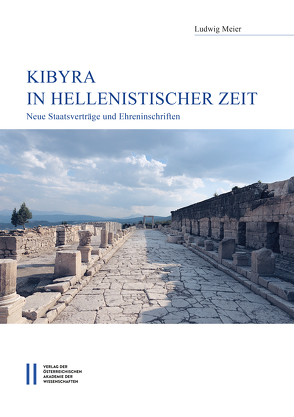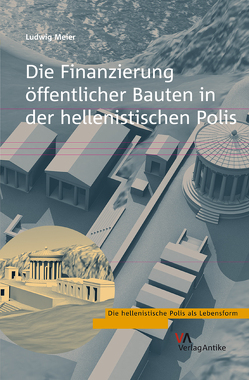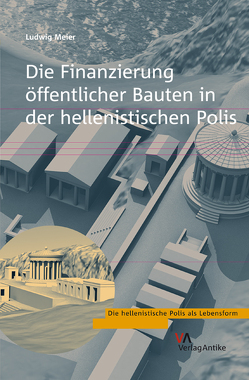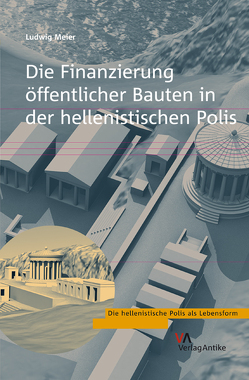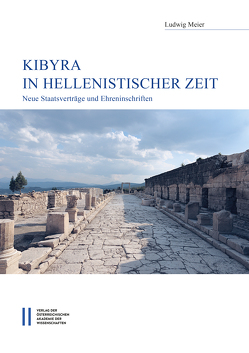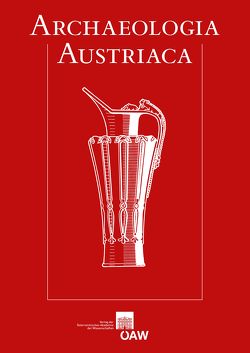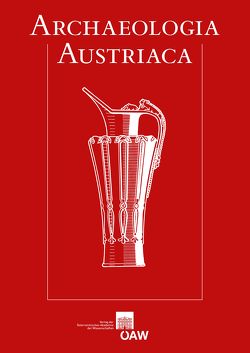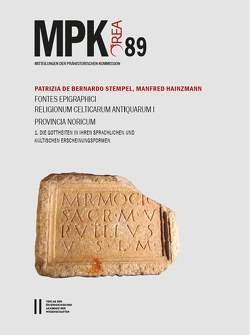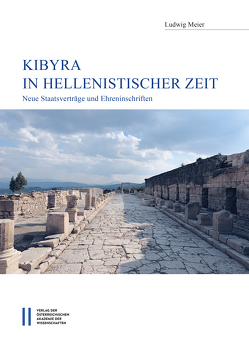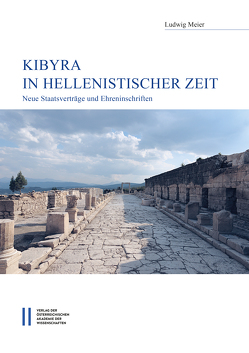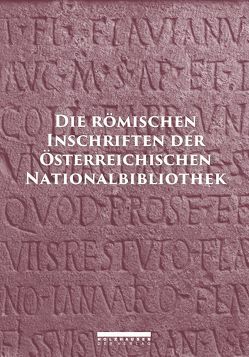Kibyra in hellenistischer Zeit
Neue Staatsverträge und Ehreninschriften
Ludwig Meier
To the traveller of today, the city of Cibyra in South-Western Asia Minor presents itself as a monumental site of ruins. However, the relics of magnificent buildings dating to the Roman Imperial period should not make us forget that already in the hellenistic era Cibyra had developed significant power, as Polybios and Strabo attest. Recent excavations have brought to light a corpus of treaties and honorific inscriptions. The findings deepen our understanding of this period considerably compared to the literary sources. In their entirety, the new findings attest a plethora of indigenous names unknown so far and offer insights into society and family structures, diplomatic contacts, and athletic contests. The document that stands out among the newly discovered inscriptions is a treaty with Rome, the new supreme power in the region after its victory over the Seleucid king Antiochios III. The agreement was struck in 174 BCE and is transmitted in a bilingual version in Latin and Greek. We now have an almost complete version of the Greek text of the treaty, which provides a secure dating. This allows us to newly assess Roman expansion and the political history of the region. Of further significance beyond the history of Cibyra is the fragmentary Latin version of the treaty: we can now make significant progress towards reconstructing the Latin formulae of Roman treaties, hardly known so far.
